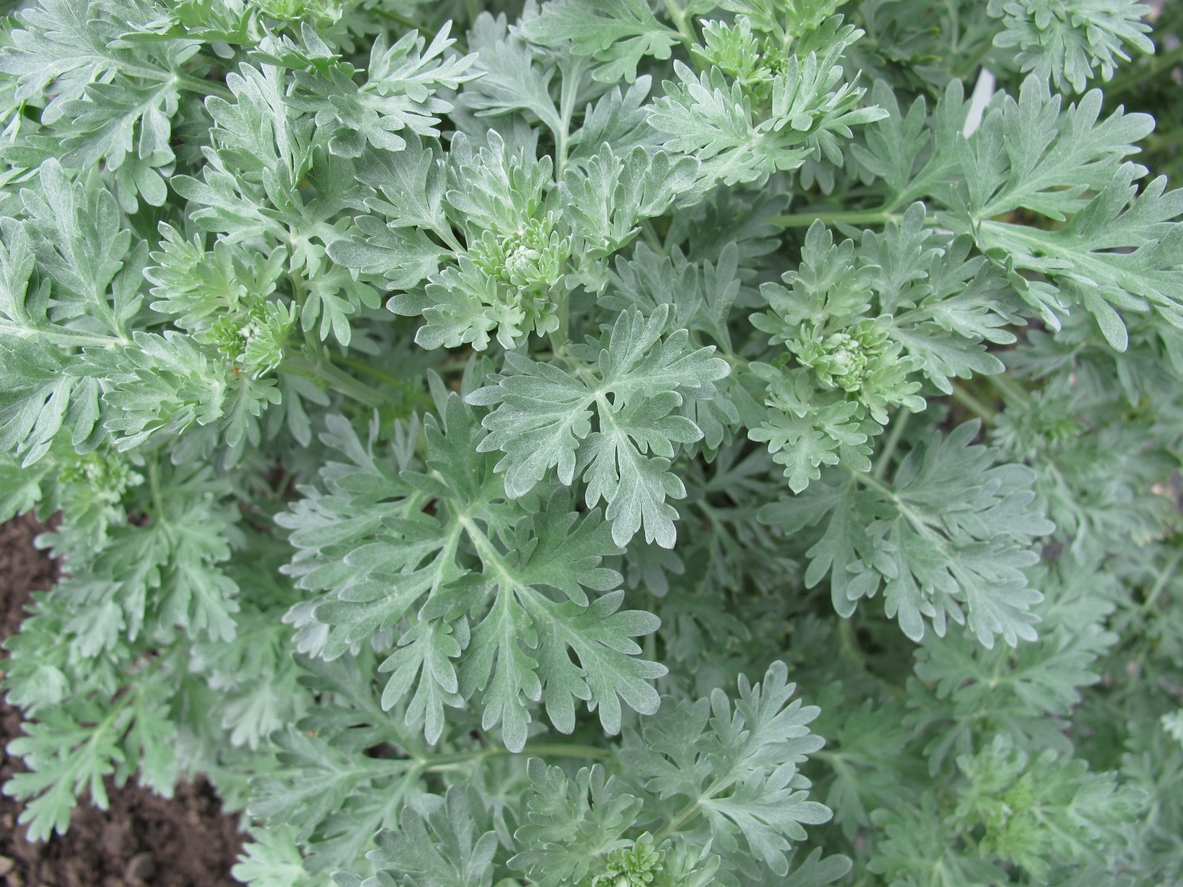How To Grow And Care For A Wormwood Plant
Are you looking to grow and care for Wormwood herb in your garden? Look no further! In this post, we will guide you through everything from Plant Attributes, Plant care, Pruning, Propagation, Potting & Repotting to common pests and diseases of Wormwood herb.

Plant Attributes
Wormwood herb or Artemisia absinthium is a herbaceous perennial plant that belongs to the Asteraceae family. The plant can grow up to two meters in height and has silvery-green leaves that are finely dissected. The flowers of Wormwood herb are yellowish-green and bloom in late summer to early autumn.
Wormwood herb is known for its strong, bitter flavor and is a popular ingredient in many alcoholic beverages, including absinthe. The plant is also used in traditional medicine to treat various ailments, including digestive problems and fever.
Plant Care
Wormwood herb is a relatively low-maintenance plant that can tolerate a wide range of conditions. However, to ensure optimal growth and health, it is important to follow these plant care tips:
- Light: Wormwood herb prefers full sun to partial shade.
- Soil: The plant can grow in most soil types but prefers well-draining soil that is slightly alkaline. Avoid waterlogged soil as Wormwood herb does not tolerate wet feet.
- Water: Water Wormwood herb regularly during the growing season, but make sure the soil is not too wet. Allow the soil to dry out slightly before watering again.
- Fertilizer: Wormwood herb does not require regular fertilization. However, you can add a general-purpose fertilizer in the spring to promote growth.
Pruning
Pruning is essential to maintain the shape and health of Wormwood herb. Here are some pruning tips:
- Pinch back: Pinching back the tips of new growth in spring can promote a bushier plant.
- Deadhead: Remove spent flowers to encourage more blooms.
- Trim: Trim back any dead or damaged growth throughout the growing season.
Propagation
Wormwood herb can be propagated by seed or cuttings. Here are the steps to propagate Wormwood herb by cuttings:
- Select a healthy stem that is at least 10 cm long.
- Cut the stem at a 45-degree angle just below a node.
- Remove the lower leaves and dip the cut end in rooting hormone.
- Plant the cutting in a pot filled with well-draining soil.
- Keep the soil moist and place the pot in a bright, warm area.
- The cutting should root within a few weeks.
Potting & Repotting
Wormwood herb can be grown in pots, and it is essential to use well-draining soil. Here are the steps to pot and repot Wormwood herb:
- Choose a pot that is at least 30 cm in diameter and depth.
- Fill the pot with well-draining soil and plant the Wormwood herb.
- Water the plant thoroughly.
- If you need to repot the plant, choose a pot that is only slightly larger to avoid waterlogged soil.
Common Pests & Plant Disease
Wormwood herb is relatively pest-free, but it can be susceptible to root rot and powdery mildew in humid conditions. Here's how to prevent and treat these common plant diseases:
- Root rot: Avoid overwatering and make sure the soil is well-draining. Remove any infected plants and dispose of them properly.
- Powdery mildew: Improve air circulation around the plant, apply a fungicide, and remove any infected leaves.
Common Problems
Here are some common problems you may encounter when growing Wormwood herb:
- Poor growth: This could be due to underwatering, overwatering, or poor soil quality. Check to make sure the plant is getting the right amount of water and nutrients.
- Yellowing leaves: Yellowing leaves could be a sign of nutrient deficiency or pest infestation. Check the plant for signs of pests and fertilize with a general-purpose fertilizer.
- No flowers: If the plant is not blooming, it could be due to insufficient sunlight or over-fertilization. Make sure the plant is getting enough light and reduce fertilization.
There you have it, the ultimate guide to growing, caring for, and harvesting Wormwood herb. With these tips, you'll be enjoying this versatile and flavorful herb in no time!



Post a Comment for "How To Grow And Care For A Wormwood Plant"